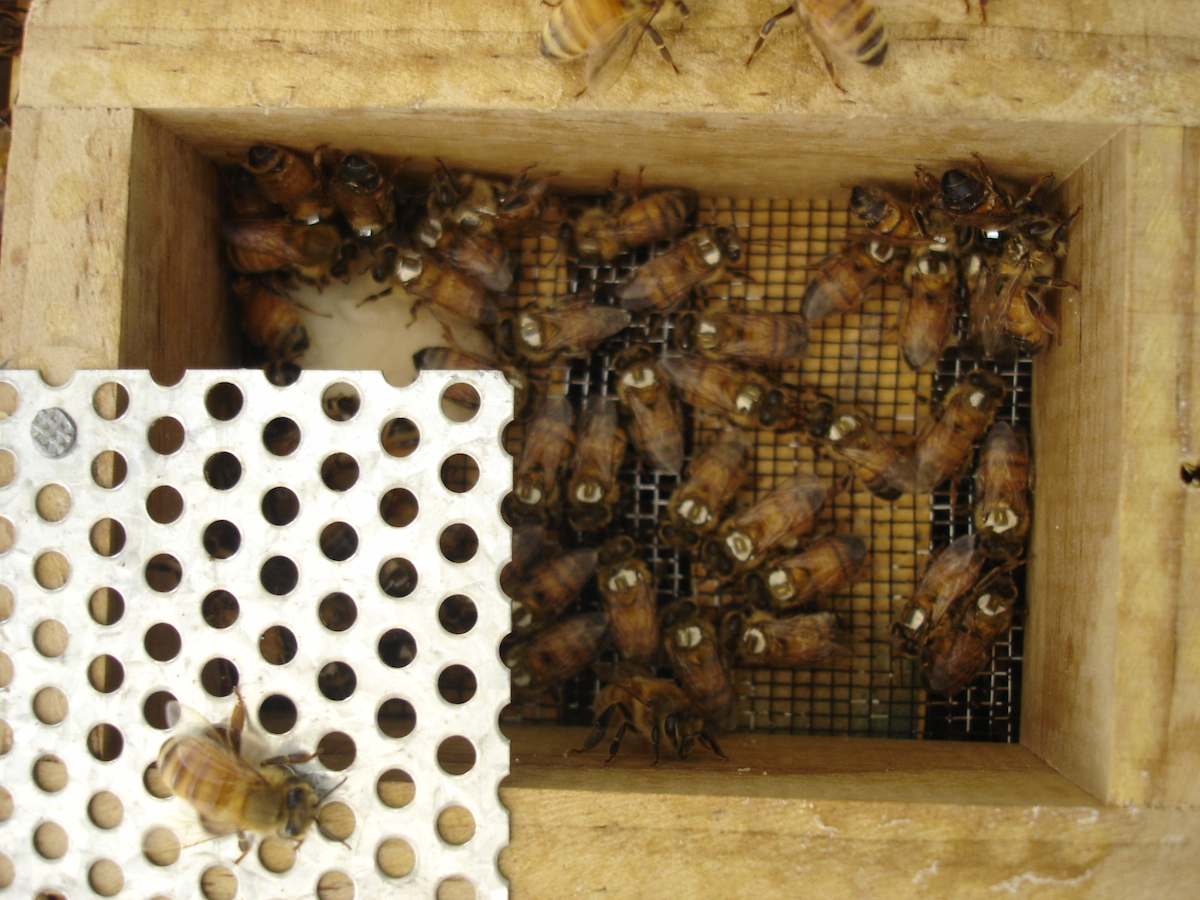James Cook University researchers in Australia glued tiny transmitters to the backs of the 960 bees for the first time. They want to know what a bee does when it’s sick.
The Australian team glued Radio-Frequency Identification (RFID) chips to the backs of 960 bees (Apis mellifera), one of the most important pollinators in the planet, providing new insights into how disease affects the threatened insects, said lead researcher, Lori Lach.
“We just had to hold them in our hands and hope the glue dried quickly. It was actually quite a process – they had to be individually painted, then individually fed, then the tag glued on. Then individually scanned so we knew which tag was on what colour and treatment bee and which hive it was going into. It all had to happen within about eight hours of emergence because as the day goes on they start learning how to fly and they get better at stinging.”
It was a unique use of the technology and allowed the bees to be monitored individually for the first time. “No one had looked at bees at this level before, to see what individual bees do when they are sick,” said Lach.

Scientists infected half the insects with a low dose of Nosema apis, a gut parasite responsible for Nosemose disease, the most common one amongst adult honeybees.
Using the RFID tags in combination with observations at the hives and artificial flowers, the researchers were able to see how hard the bees worked and what kind of material they gathered.
The team published today the study on Journal of Invertebrate Pathology. Scientists concluded that infected bees were 4.3 times less likely to be carrying pollen than uninfected bees, and carried less pollen when they did. Infected bees also started working later, stopped working sooner and died younger.
Lach said nosema-infected bees look just like non-infected bees, so it’s important to understand the behavioural changes the parasite may be causing. “These results demonstrate that even a relatively low dose of a widespread disease of Apis mellifera may adversely affect bees’ ability to pollinate.”
“The real implications from this work are for humans. About a quarter of our food production is dependent on honeybee pollination.”









